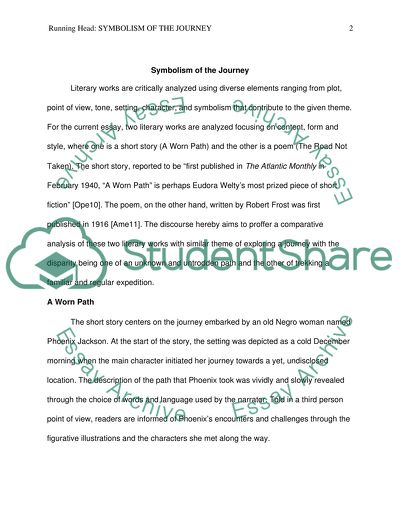Cite this document
(“Symbolism of the Journey Stories Research Paper”, n.d.)
Retrieved de https://studentshare.org/literature/1435761-symbolism-of-the-journey
Retrieved de https://studentshare.org/literature/1435761-symbolism-of-the-journey
(Symbolism of the Journey Stories Research Paper)
https://studentshare.org/literature/1435761-symbolism-of-the-journey.
https://studentshare.org/literature/1435761-symbolism-of-the-journey.
“Symbolism of the Journey Stories Research Paper”, n.d. https://studentshare.org/literature/1435761-symbolism-of-the-journey.


